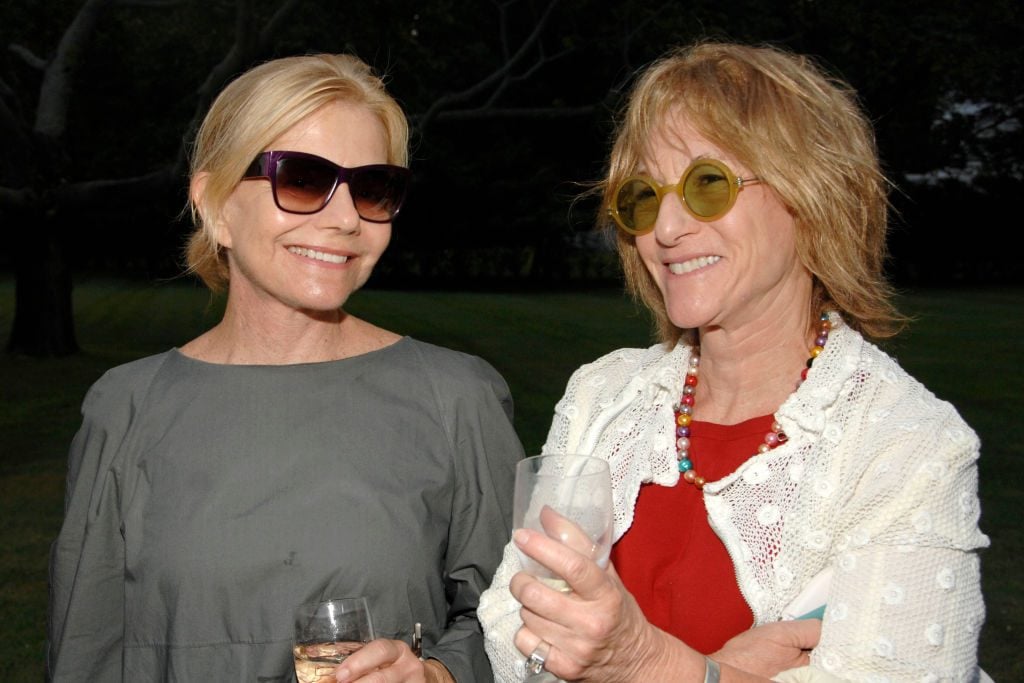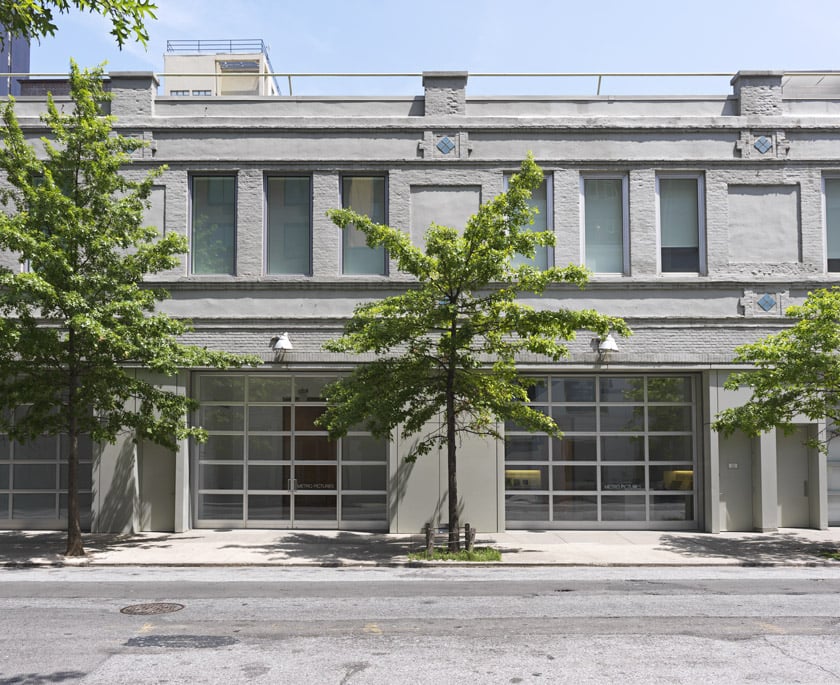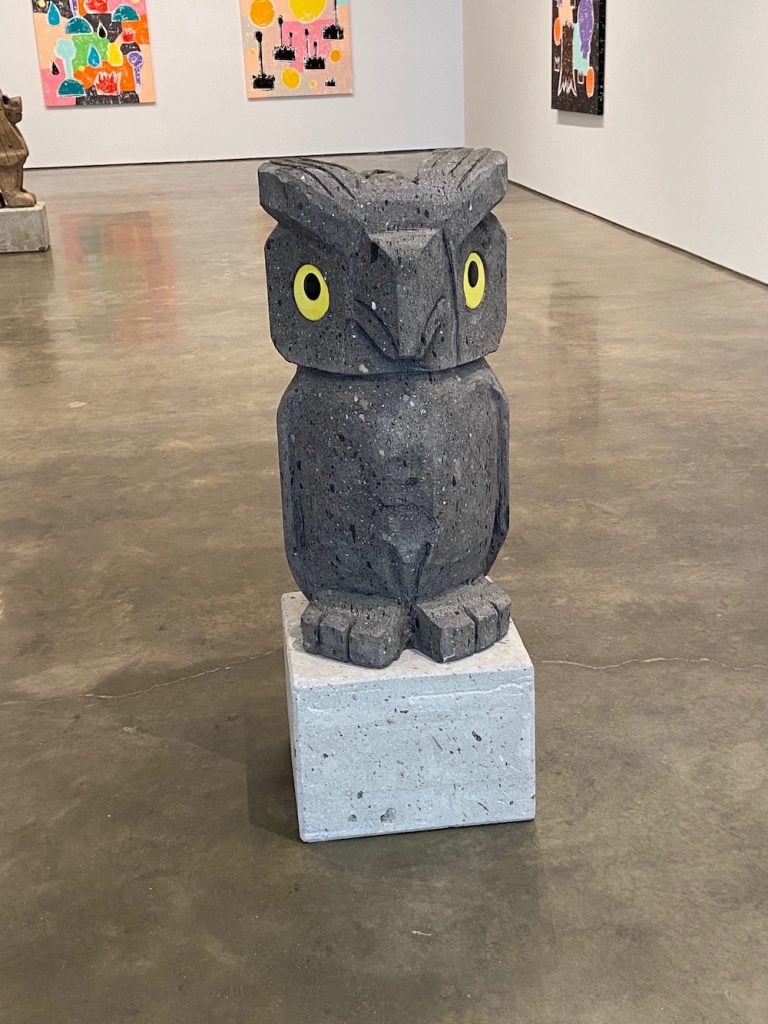Galleries
‘It’s Just Time for Us to Go’: Metro Pictures Co-Founder Janelle Reiring on Closing the Legendary Gallery Amid a Rapidly Changing Art World
Reiring reflects on how her role as a dealer changed over 40 years.

Reiring reflects on how her role as a dealer changed over 40 years.

Eileen Kinsella

Many art-world players were surprised to receive a candid email from legendary contemporary art gallery Metro Pictures—on a Sunday afternoon, no less—announcing the founders’ decision to close after 40 years at the end of 2021.
The platform, co-founded by Janelle Reiring and Helene Winer, launched the careers of famous Pictures Generation artists including Cindy Sherman, Robert Longo, Sherrie Levine, and Louise Lawler, whose witty exploration and appropriation of mass media and advertising imagery immediately resonated with both collectors and broader audiences.
In announcing their decision to shutter, Reiring and Winer cited factors including “a demanding year of pandemic-driven programming, and the anticipated arrival of a very different art world.”
The speed with which they ended up having to make the announcement is yet another sign of this new, hyper-connected art-world era. “We hurried it up,” Janelle Reiring said in a phone interview with Artnet News this morning. “We had so many people we had to tell that of course it’s going to get out.”
We caught up with Reiring to discuss how the art world has changed over the gallery’s 40-year lifespan and why she felt a new generation is better positioned to shape the market’s future.

Metro Pictures gallery in Chelsea. Image courtesy Metro Pictures.
When did you start thinking about or discussing closing?
In no way are we closing because of the pandemic, but I do think the art world changed a lot. Not traveling gives you time to think. And then we had our 40th anniversary during that time. It just seemed like, “Okay, we don’t have to keep doing this.” A new generation with more energy will see the future of the art world. And I don’t mean it in a negative way, I think it’s exciting. It’s just time for us to go. It’s totally a personal decision. Exterior factors entered into it, of course. But it’s like, what do you want to do with the rest of your life? Which won’t be that long.
How did your roles shift day-to-day over, say, the last 10 years or so?
Over 40 years, it changed so much. I can’t pinpoint what happened at any particular time, but when we opened our gallery, the art world was just tiny. And New York was really the center. Everybody came to New York and art fairs were not as important. It has also changed tremendously for artists. They’ve taken a much more active role in their careers and are more hands-on and proactive.
When we opened, our expectations and the artists’ expectations were incredibly low. Helene and I both worked in the art world and knew a lot of people and we felt like our artists would be mostly accepted in Europe. And for the artists, too, defining success is like, “Oh I’ll get a teaching job and sell work here and there and have some shows in Europe.” Instead, the minute we opened, the art world seemed to change and there were a lot of new collectors coming into it.

Installation view of “Olaf Breuning: Rain” at Metro Pictures. Photo Eileen Kinsella.
What do you attribute the immediate interest to?
Before that, [avant-garde contemporary art] had been a lot of conceptual performance art that was hard for people to relate to. Here’s this group of artists that’s working with recognizable images and media. People were immediately attracted to and familiar with it, so it was a big change right away in the beginning for us and many of our artists, and then the art world just continued to evolve.
Suddenly, there were so many more artists. There was a lot of coverage in the media and art schools became very important. Many more galleries showing young artists opened and it really became a phenomenon. It was quite exciting. I’m sure that it was partially why we lasted 40 years.
What were the challenges of navigating immediate success and an exploding market along with placing works with collectors who would be good stewards?
When we opened up, there were like two other galleries. Mary Boone had opened a couple of years before us and was showing young artists. And then, suddenly, there were a lot of galleries opening up. We couldn’t remain a baby gallery for long because all of the East Village galleries opened… about a year or two after. And they are the new kids on the block. We had to quickly keep moving to bigger spaces very fast. It was a matter of keeping up.
Did you ever discuss possible succession plans or handing the reins of the gallery to a younger person in your orbit?
In a lot of ways we have turned over a lot of the responsibility. We have a wonderful staff. It turned into that I was no longer doing what I like to do. You just become just this kind of person who says, “Okay, you can spend this money or you can’t.” Dealing with the financial stuff is not very interesting to me. There’s no way that you can totally remove yourself because you’re still responsible. And the artists all feel neglected if they don’t have some contact with you.
What are your plans for the future?
I can’t picture retiring. I’m sure I’ll remain involved in some way; I just haven’t decided. I joke that I’ll open a flower shop.
Is there anything else that you want to emphasize or want the audience to know?
In that statement that we made, we had one line that was a mistake because it was misinterpreted. It was about this “daunting” art world. That is not why we’re closing. I look on that as a positive thing—we’re just not the ones to deal with this new coming art world and we leave it to other people. But I don’t in any way think it’s negative.
What do you mean, you’re not the ones to deal with it?
I just think the art world is constantly changing, and there will be big changes after we come out of this period. We just both felt like we weren’t the right people to navigate [it]. But I’m not critical of it.